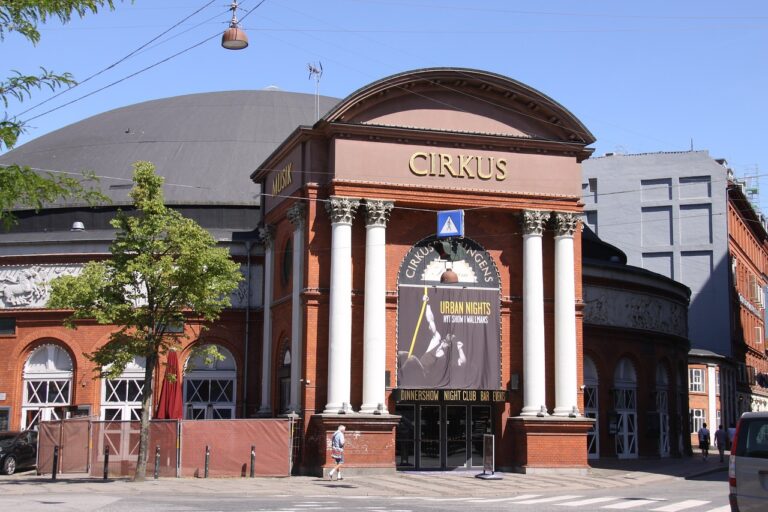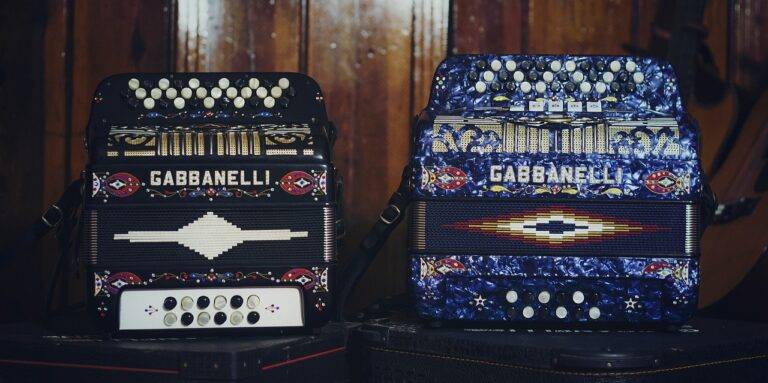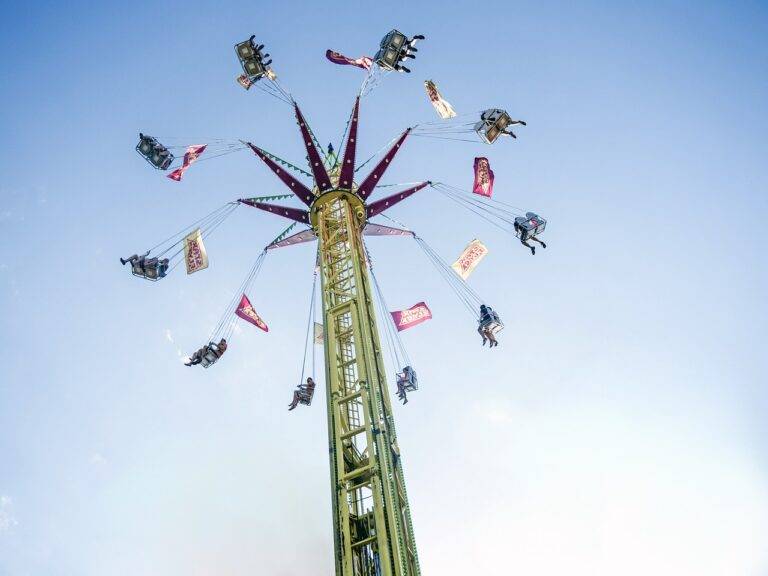The Role of Motion Capture in Modern Movie Production
Motion capture technology has a rich history that dates back to the 1970s when it was first introduced as a way to track and record human movement. Originally developed for military purposes, it quickly found applications in the entertainment industry, particularly in the realm of filmmaking and video games. The early versions of motion capture involved using reflective markers attached to an actor’s body to track their movements, which were then translated into digital data for animation.
Over the years, advancements in technology have enhanced the accuracy and realism of motion capture systems. From the early days of basic marker-based systems, the industry has now shifted towards markerless motion capture and inertial systems that are capable of capturing even the subtlest movements with precision. With the continuous evolution of motion capture technology, filmmakers have been able to create stunning visual effects and lifelike animations that were once unimaginable.
Advantages of Using Motion Capture in Film
Motion capture technology offers filmmakers the ability to create incredibly realistic and seamless animations. By capturing the movements of actors in real-time, the final product appears more natural and organic. This can be particularly beneficial when portraying fantastical creatures or characters that wouldn’t be feasible with traditional animation methods.
Furthermore, using motion capture in film can save both time and money. With the ability to record detailed movements and expressions in a single session, filmmakers can streamline the production process and reduce the need for re-shoots. This efficiency not only benefits the filmmakers but also allows actors to focus more on their performances without the constraints of elaborate costumes or practical effects.
The Process of Motion Capture in Movie Production
Motion capture in movie production involves actors wearing specially designed suits adorned with reflective markers that can be tracked by cameras. These markers allow for the precise capture of the actors’ movements, which are then translated into digital animation. The captured data is then processed by computers to create realistic and lifelike animations that can be used in films.
Additionally, during the motion capture process, actors perform their scenes in a controlled environment typically known as a volume. This volume is equipped with multiple high-speed cameras that record the actors’ movements from various angles. The actors may also use props or interact with virtual sets to enhance the realism of the final animation.
What is motion capture technology?
Motion capture technology is a technique used in filmmaking to digitally record the movements of actors or objects in order to create realistic animations.
How does motion capture work?
Motion capture works by using sensors to track the movements of actors wearing reflective markers. These movements are then translated into a digital 3D model.
What are the advantages of using motion capture in film production?
Some advantages of using motion capture include creating more realistic and lifelike animations, saving time and money on complex stunts or special effects, and allowing for more creative flexibility in post-production.
What is the history of motion capture technology?
Motion capture technology has been used in film production since the 1970s, with advancements in technology leading to more precise and realistic motion capture techniques in recent years.
Is motion capture used in all types of movies?
While motion capture is commonly used in action and fantasy films, it can also be used in various genres to enhance performances or create unique visual effects.
How long does the process of motion capture typically take?
The process of motion capture can vary depending on the complexity of the scenes being captured, but it usually takes several days to weeks to complete a full motion capture session for a movie production.





